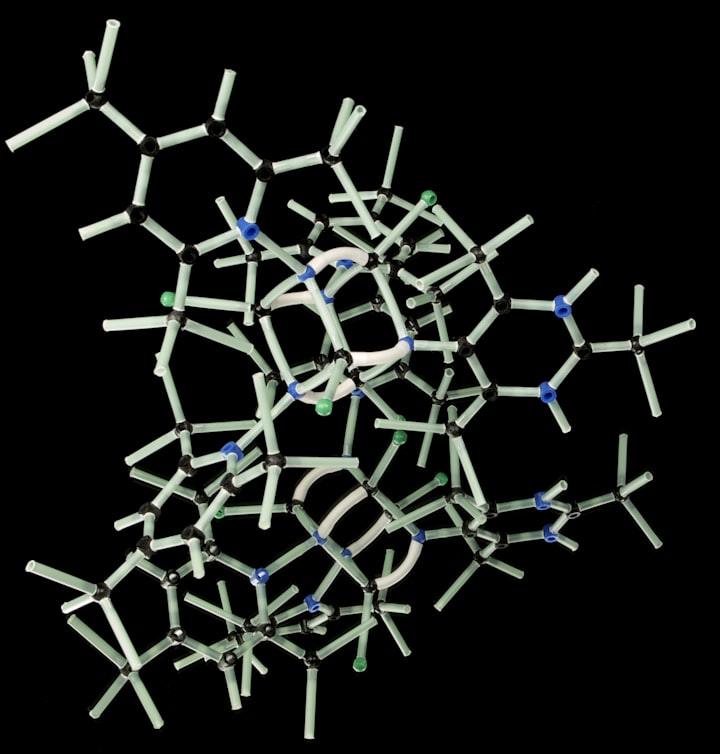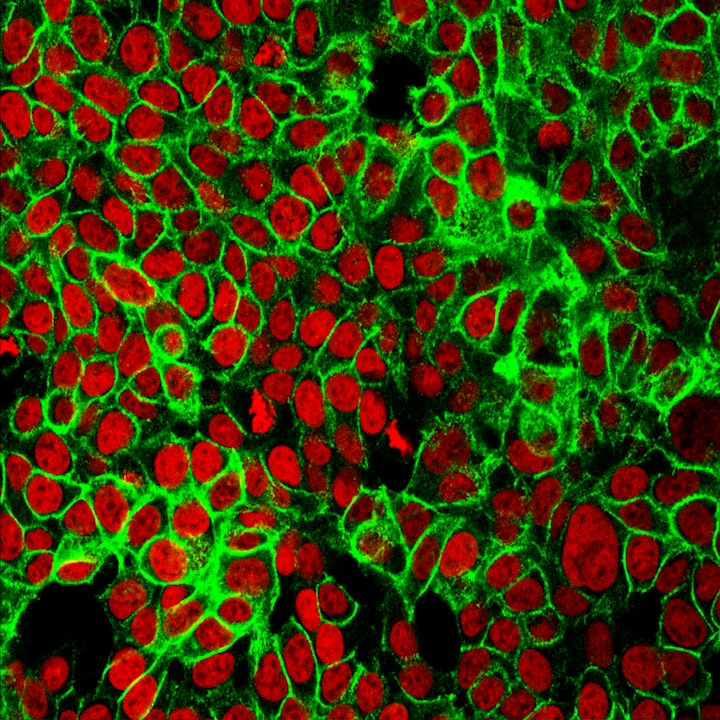Why Do Bacteriophages Look Like Tiny Robots?
Explore the fascinating resemblance between bacteriophages and tiny robots, as we uncover the structural elements that give these viruses their surreal appearance.
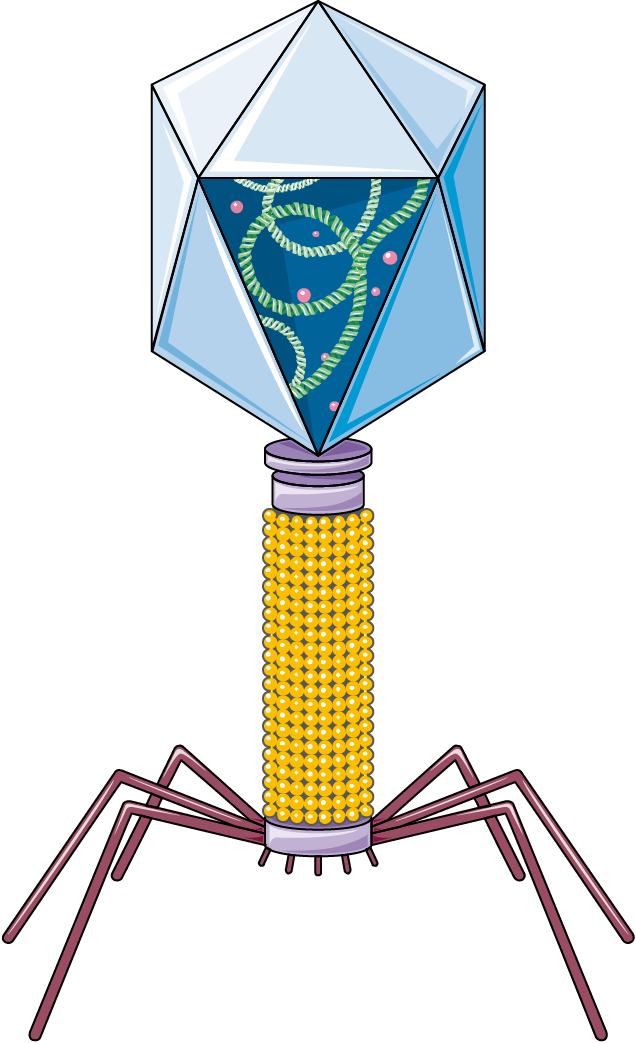
What are bacteriophages?
Bacteriophages, or phages for short, are a type of virus that specifically infects bacteria. It is the type of virus that looks like a robot.
These remarkable microscopic entities have captured the imagination of many due to their uncanny resemblance to tiny robots.
In this article, we will look into the structural elements that give bacteriophages their surreal appearance and explore why they look like they were built rather than being products of natural evolution.
The Building Blocks of Bacteriophages
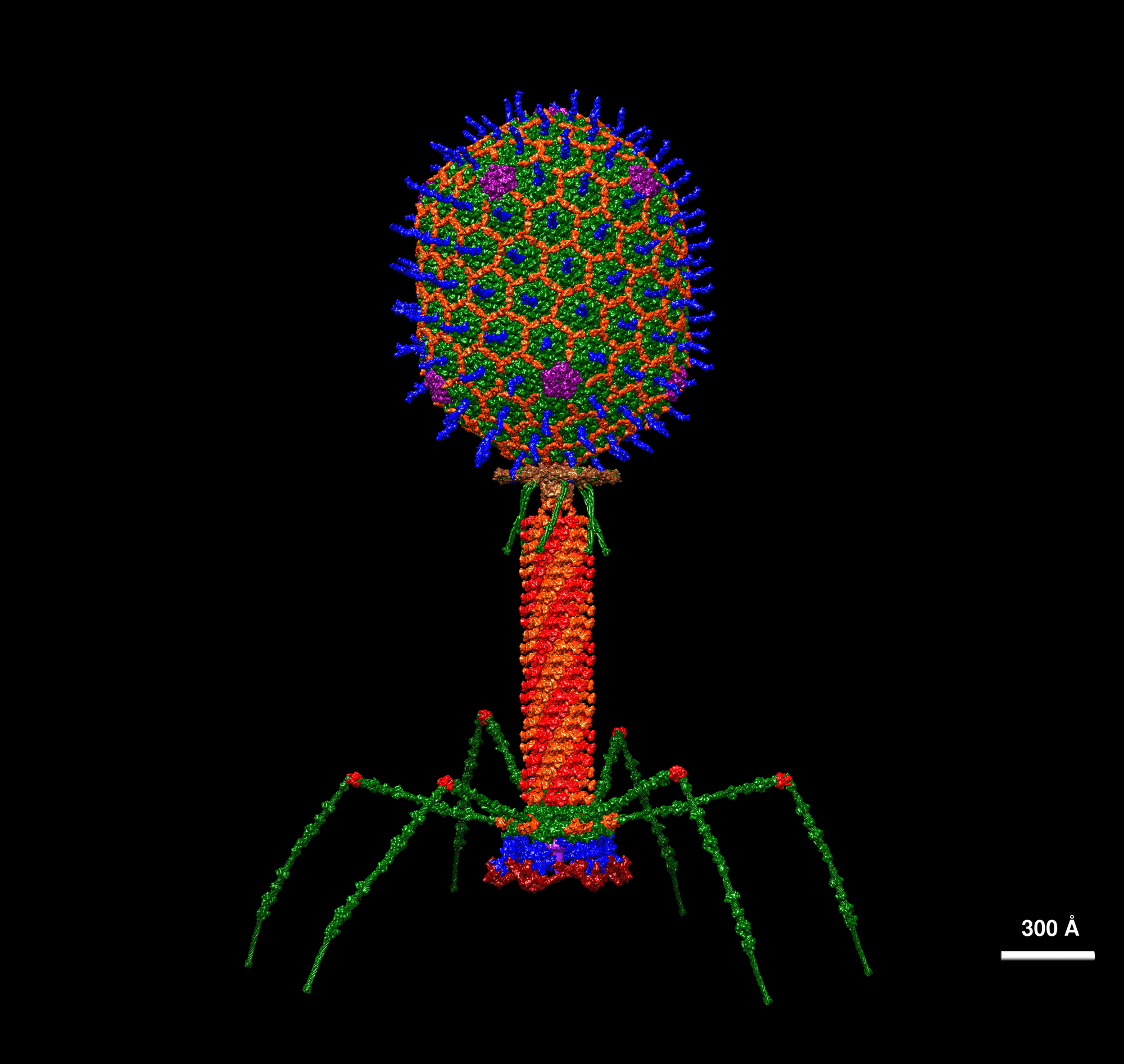
To understand why bacteriophages look like tiny robots, it's essential to recognize their unique composition.
Unlike cells and larger living organisms, bacteriophages are made up of a remarkably small number of protein units.
They resemble structures built out of Lego, with distinct geometric shapes and straight lines.
In contrast, cells and other living organisms consist of an extraordinary number of molecules, resulting in a more "blobby" appearance.
With such a multitude of molecules, the shape of larger organisms can be highly variable and lack the structural rigidity seen in bacteriophages.
The Rigid Protein Constructions
So, why do phages look like robots? Bacteriophages owe their robot-like appearance to their rigid protein constructions.
The proteins that make up these viruses are assembled in precise patterns, giving rise to their distinctive gfeometric shapes and angles.
This rigid nature allows for the formation of symmetrical structures, further accentuating the resemblance to man-made robots.
One fascinating aspect of bacteriophages is that their atomic-scale models can be created due to their simplicity.
With relatively few parts, these viruses can be accurately represented on a molecular level, making them excellent subjects for scientific study and visualization.
Structural Insights into Bacteriophages
Let's take a closer look at the structural elements that contribute to bacteriophages' robotic appearance.
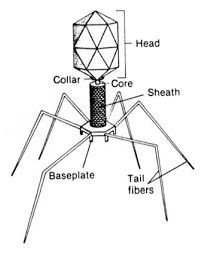
The head region of a bacteriophage, also known as the capsid, houses the genetic material of the virus.
In many phages, the capsid is shaped like an icosahedron, a 20-sided polyhedron with triangular faces.
This symmetrical structure, while functional for packaging the genetic material, also contributes to the robots-like visual impression.
Another element that adds to the robot-like appearance of bacteriophages is the presence of a tail.
The tail allows the virus to attach to and infect host bacteria.
It consists of a cylindrical sheath surrounding a hollow tube known as the tail core.
The tail extends with an intricate baseplate, complete with tail fibers that recognize and bind to specific bacterial receptors.
This structural complexity further enhances the sense of a purposeful design.
Evolutionary Origins and Functional Advantages
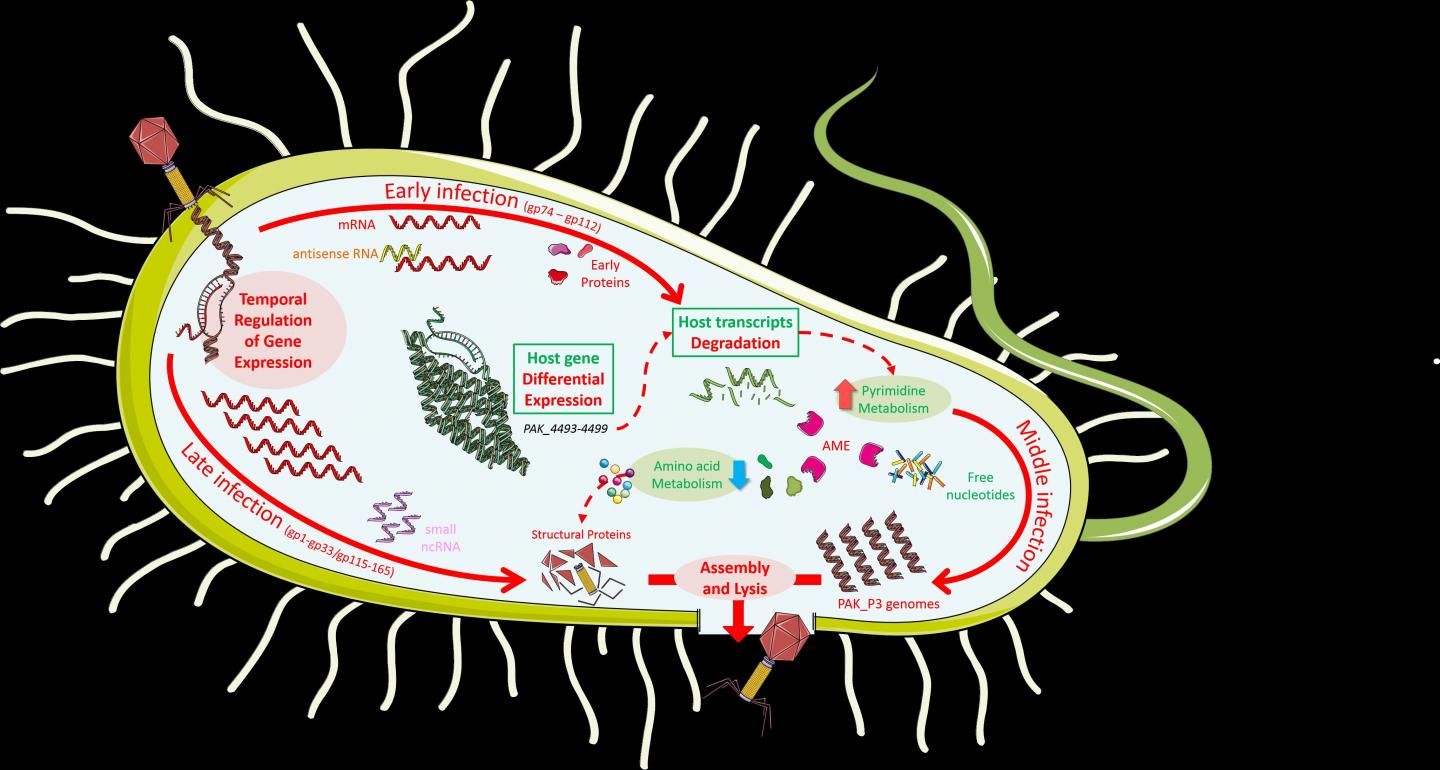
While bacteriophages look like tiny robots, it's important to note that they are not the product of human engineering.
Rather, their distinct appearance is the result of natural evolutionary processes.
Bacteriophages have evolved to utilize these geometric structures and rigid protein constructions to enhance their survival and replication within their bacterial hosts.
The resemblance to robots can be attributed to convergent evolution, where unrelated organisms develop similar characteristics due to similar selective pressures.
In the case of bacteriophages, the need for efficient attachment to bacteria and delivery of genetic material has led to the evolution of these complex and aesthetically striking structures.
A video of Bacteriophage
Bacteriophages truly are fascinating entities that showcase the beauty of nature's designs.
Their resemblance to tiny robots can be attributed to their unique composition and rigid protein constructions.
While they may appear to have been built, they are the result of millions of years of evolutionary processes.


